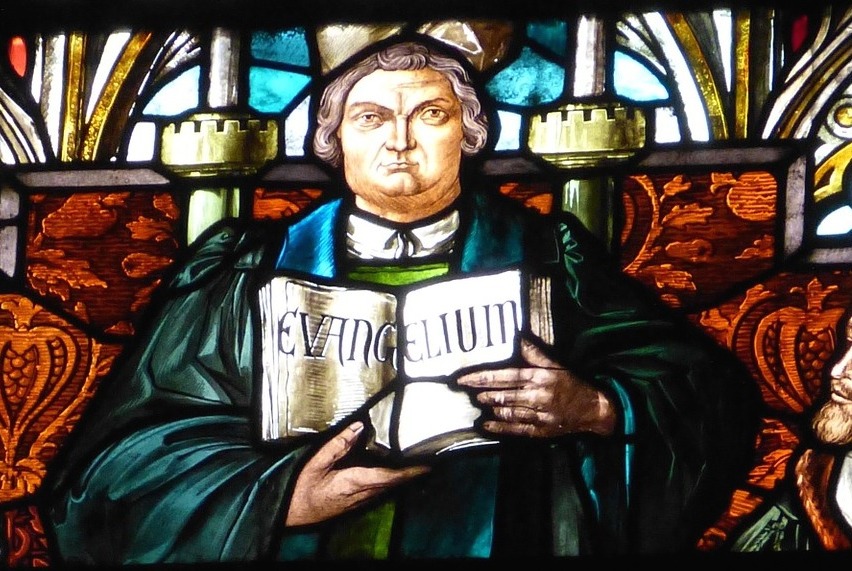Tradition, Luther, and the Solas
-Kaylena Radcliff


 In 2012 I attended a conference entitled “Alone: The Solas of the Reformation.” If you aren’t familiar with that terminology, the solas refer to five Latin phrases that sum up the basic theological principles reformer Martin Luther held in contrast to some of the teachings of the Catholic church at the time.
In 2012 I attended a conference entitled “Alone: The Solas of the Reformation.” If you aren’t familiar with that terminology, the solas refer to five Latin phrases that sum up the basic theological principles reformer Martin Luther held in contrast to some of the teachings of the Catholic church at the time.
They are:
Sola Fide- by faith alone
Sola Scriptura- by Scripture alone
Solus Christus- through Christ alone
Sola Gratia- by grace alone
Soli Deo Gloria- glory of God alone
The excitement at the conference was palpable as people from many denominations gathered that opening night, and soon a talented organist kicked off the evening with a triumphant and passionate rendition of “A Mighty Fortress.” A chorus of hundreds of unrestrained voices joined in and lifted the battle hymn at full volume, rivaling the organ with its own enthusiasm. As I sang along in that great midst, wondering what branches of the faith were represented there, I still remember one of my first thoughts, which was something along the lines of “Wow, what a cool tradition we have here!”
Ah yes, tradition. As Protestants it can be easy to dismiss the deep saturation of tradition in our faith. Even that word—tradition—carries the baggage of a legalistic, dead, and joyless faith from which Martin Luther himself was roused. The evangelical strain (of which I am a part) fears those implications, and so we lean away from it, and sometimes we divorce any notion of tradition from our worship practices.
But that was never Luther’s intention. Luther didn’t oppose tradition—rather, he opposed its tendency to usurp Scripture’s primacy and encourage the unbiblical interpretations and practices that troubled the church in his day. Indeed, some traditions needed to go, and go they did, as we’ll see on the Protestant side in Christian History Magazine 118: The People’s Reformation and on the Catholic end in upcoming issue Christian History Magazine 122: The Counter Reformation.
However, Luther also recognized tradition not contrary to Scripture provided a dependable structure for common people to easily express their faith. And so it was through the solas that he sought to define his criticisms of that tradition while also reclaiming it and re-injecting truth into its practices.
Today the solas of the Reformation have joined that tradition, becoming in many ways a mini-creed of their own. Whether we chafe at the language of tradition or not, the solas mark a point in the continuing story of the faith—A story that is for all believers rooted in the cross, revealed through the Word, and expressed throughout the millennia in such creeds and conventions of the Church and in the convictions of her people.
So I’m content to celebrate the tradition that connects me not only with an Augustinian monk at a small-town German university some 500 years ago, but also to a whole host of believers worldwide today; and one that ultimately points me to my salvation through Christ alone, by faith in Him alone, revealed in Scripture alone, in God’s grace alone—all to His glory alone.
For a fuller discussion of the solas and how Luther arrived there, be sure to review Christian History Magazine 115: Luther leads the way, and specifically “Contemplate Christ” by Timothy George on pp 21-24.



